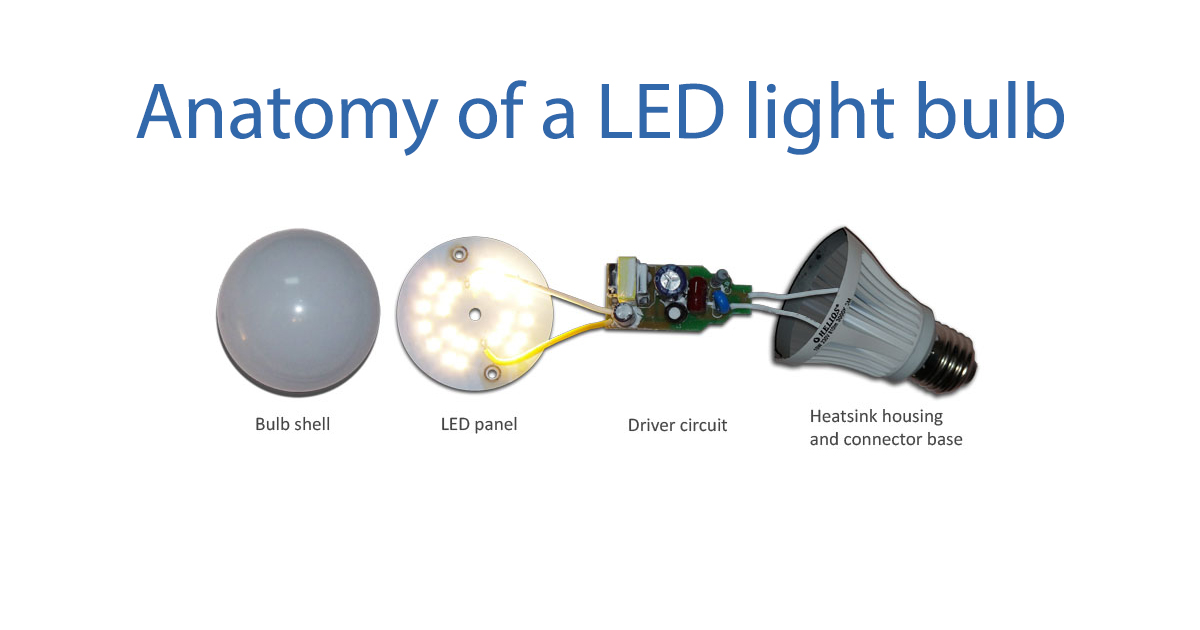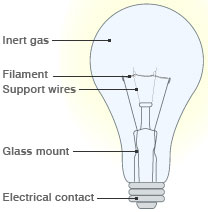

There was debate on whether Edison’s light bulb patents infringed on these other inventors’ patents. patent for the incandescent lamp, and Joseph Swan, who patented his light bulb in England. (Historical footnote: One can’t talk about the history of the light bulb without mentioning William Sawyer and Albon Man, who received a U.S. Edison also made other improvements to the light bulb, including creating a better vacuum pump to fully remove the air from the bulb and developing the Edison screw (what is now the standard socket fittings for light bulbs). They continued to experiment with the filament until settling on one made from bamboo that gave Edison’s lamps a lifetime of up to 1,200 hours - this filament became the standard for the Edison bulb for the next 10 years. By October 1879, Edison’s team had produced a light bulb with a carbonized filament of uncoated cotton thread that could last for 14.5 hours.


When Edison and his researchers at Menlo Park came onto the lighting scene, they focused on improving the filament - first testing carbon, then platinum, before finally returning to a carbon filament. These early bulbs had extremely short lifespans, were too expensive to produce or used too much energy. In 1835, the first constant electric light was demonstrated, and for the next 40 years, scientists around the world worked on the incandescent lamp, tinkering with the filament (the part of the bulb that produces light when heated by an electrical current) and the bulb’s atmosphere (whether air is vacuumed out of the bulb or it is filled with an inert gas to prevent the filament from oxidizing and burning out). Long before Thomas Edison patented - first in 1879 and then a year later in 1880 - and began commercializing his incandescent light bulb, British inventors were demonstrating that electric light was possible with the arc lamp.

It was a series of small improvements on the ideas of previous inventors that have led to the light bulbs we use in our homes today. Like all great inventions, the light bulb can’t be credited to one inventor. It also led to new energy breakthroughs - from power plants and electric transmission lines to home appliances and electric motors. This invention changed the way we design buildings, increased the length of the average workday and jumpstarted new businesses. More than 150 years ago, inventors began working on a bright idea that would have a dramatic impact on how we use energy in our homes and offices.


 0 kommentar(er)
0 kommentar(er)
